Select your arrival date and number of nights for your stay.
You will be shown availability and prices for all rooms.
Or Call Now 833-243-8938

Warning: "continue" targeting switch is equivalent to "break". Did you mean to use "continue 2"? in /home/worldexotic/public_html/modules/mod_jux_megamenu/helper.php on line 153
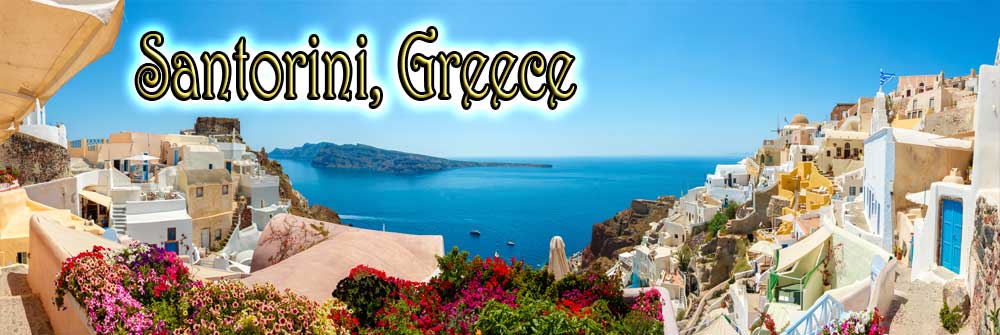 Day 5 - SANTORINI, GREECE - GEM OF THE AEGEAN October 13, 2021
Day 5 - SANTORINI, GREECE - GEM OF THE AEGEAN October 13, 2021
Syracuse was once one of the largest and most important cities in Western Civilization, and its long history and strong culture means there’s still a lot to see and do.
t’s been said the sunset from Oja, on the island of Santorini, is the most beautiful in the world. But you don’t have to wait until dusk to see your share of postcard-worthy views, Santorini is stunning
any time of day. The capital, Fira, clings to the rim of the caldera, 900 feet above the sea. Take the cable car, or if you’re looking for a more authentic experience, giddy up on a donkey to climb the 588 zigzagging steps to the top.
You and your partner can also drive by black, white, and red volcanic beaches and head south to the 3,500-year-old Minoan town, Akrotiri. Often called Greece’s answer to Pompeii, the well-preserved ruins provide a glimpse into Santorini’s storied –and explosive– past
Ancient Akrotiri
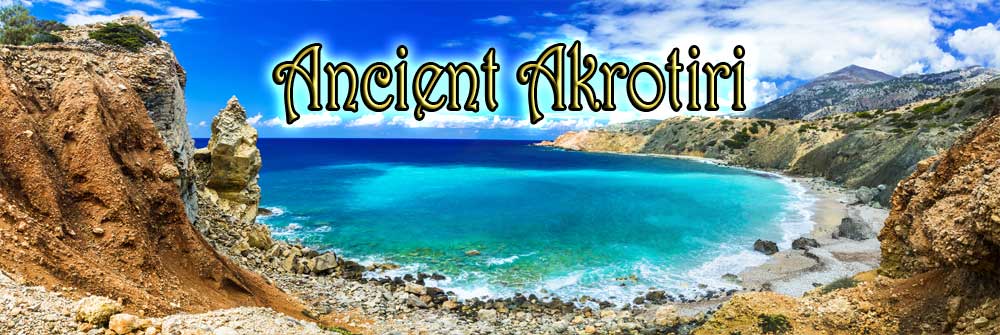
This fascinating archaeological site was first discovered in the late 1860s but its buildings date back to earlier than 17th century B.C. This former Minoan outpost, which, according to the Greek Ministry of Culture, is considered one of the most important prehistoric settlements of the Aegean Sea, was once a thriving port town. The city was later destroyed by a massive volcanic eruption, the same one that made Santorini look like it is today. Thanks to years of excavation, enough of the site has been uncovered (only one-third of the site is said to have been excavated) to allow visitors to explore. Here, travelers can look at multi-level buildings, loads of pottery and even drainage systems. What is absent, however, is any sign of its former residences. This has led scientists to believe that Akrotiri's previous inhabitants knew of the eruption and fled the island accordingly.
Akrotiri Red Beach
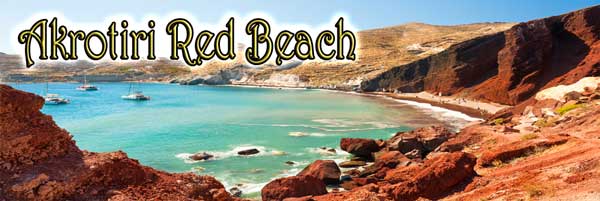
Located less than a mile southwest of Ancient Akrotiri, this beach earns its name from its towering red cliffs and dark sand. Travelers say the scenery is stunning – be sure to bring a camera to take photos of the stark contrast between the brick red cliffs and the aquamarine water. While the water may look tempting to dip your toes in, travelers strongly suggest choosing a different shoreline as the site of your beach day.
SANTORINI
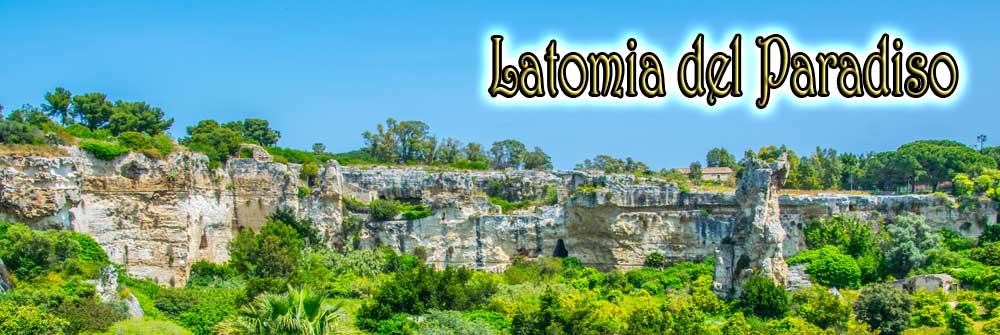
You'll be met by your guide at the pier and drive to the Mountain of Prophet Elijah, the island's highest point. Next stop will be at the Caldera cliff top view point for spectacular views of the deep blue sea surrounding the island that make up the volcanic caldera of Santorini. Enjoy a light refreshment before driving south across the island to Kamari, passing picturesque villages and dramatic views along your way, briefly stopping at the Agios Nektarios Church before enjoying some leisure time at the black-sand beach Kamari is now famous for. You'll then be escorted back to Athinios port where a tender will take you back to the ship.
Museum of Prehistoric Thera
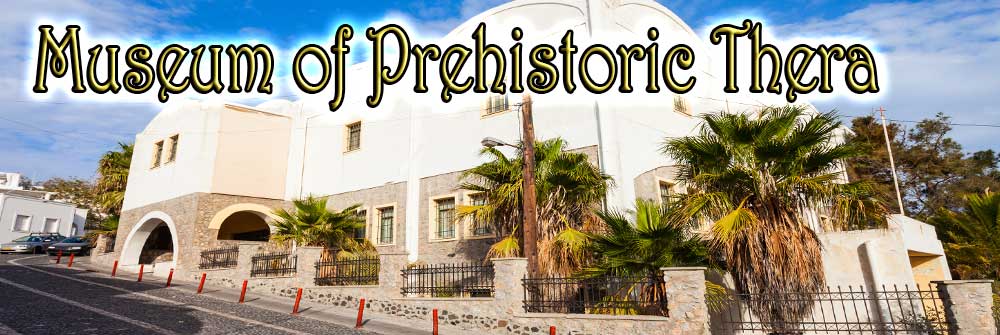
Taking a trip to the Museum of Prehistoric Thera is a great way to finish exploring the ruins of Santorini's ancient cities. This tiny museum in the heart of Thira houses frescoes and other archaeological treasures found during the excavation of Ancient Akrotiri, which was destroyed by the volcanic eruption that made Santorini look like it does today. Some of the pieces here date back several thousand years (some of the pottery on display is leftover from 3,000 BC) and offer insight into early human life on the Greek Islands, making this an interesting place to check out if you're keen to learning more about the island's history.































